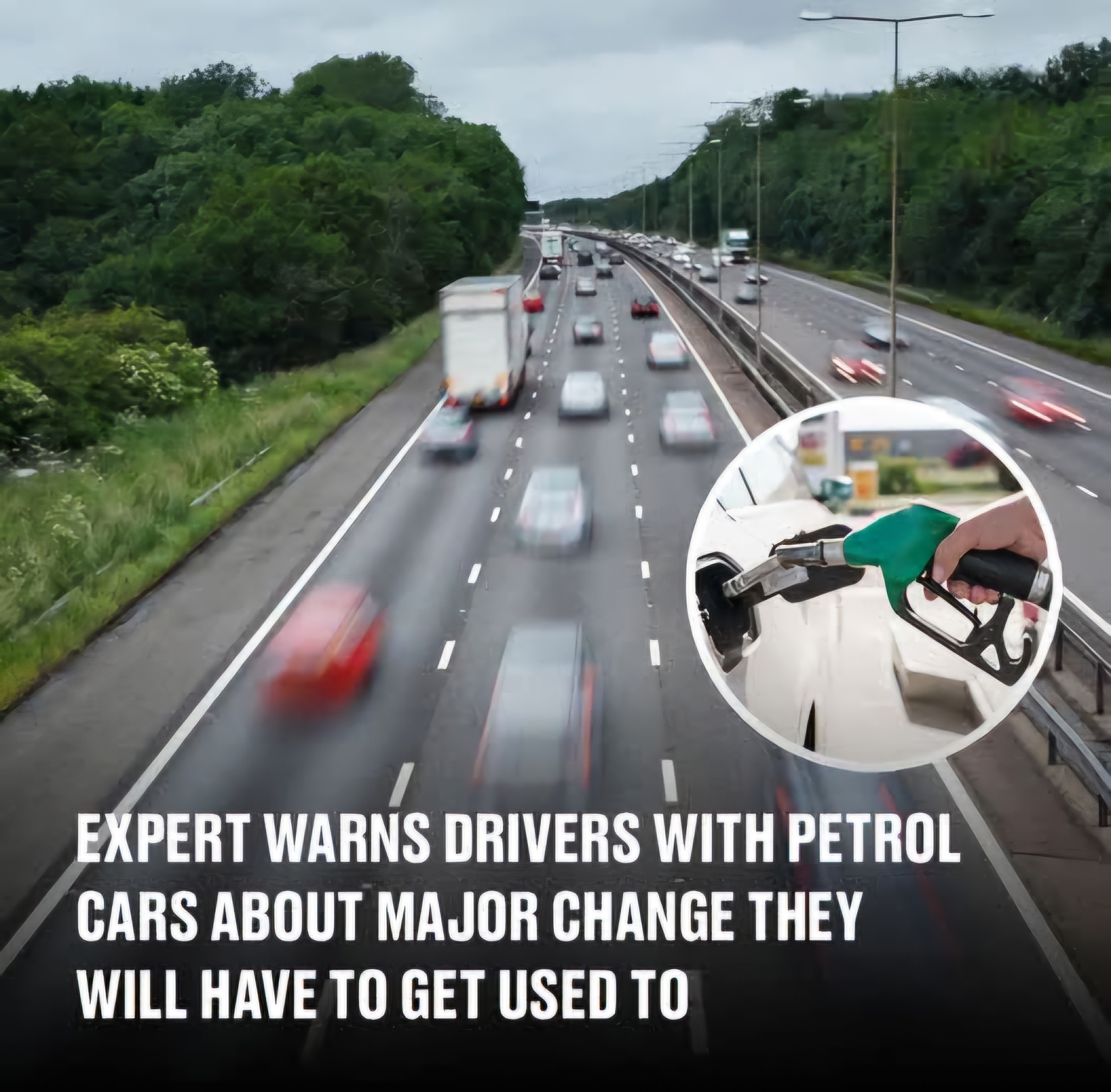The shift toward electric vehicles (EVs) is no longer a distant concept—it’s happening now, and drivers of gas-powered cars need to prepare for significant changes. Governments worldwide are implementing aggressive policies to phase out internal combustion engine vehicles, setting firm deadlines for the transition. The United Kingdom, for instance, plans to ban the sale of new petrol and diesel cars by 2030, while hybrid models will follow by 2035. Similarly, Canada has committed to ensuring that 100% of new car sales are electric by 2035. While these dates may seem far off, experts urge gas car drivers to start adjusting now, as the shift to EVs will bring unavoidable changes to driving habits and infrastructure.

One of the most immediate adjustments will be getting used to automatic transmissions. Unlike conventional gas-powered cars, which often feature manual gearboxes, EVs operate without gears. This means a fundamentally different driving experience—one that is smoother and simpler but might feel foreign to those accustomed to traditional stick shifts. Stuart Masson, an expert from The Car Expert, refers to this transformation as “car industry 2.0.” Although many drivers in North America already use automatic transmissions, those who prefer manual vehicles will have to transition to a different driving style, one that eliminates clutch control and gear shifting altogether.
As EV adoption increases, gas stations will gradually become less common. They won’t disappear overnight, but their numbers will steadily decline, making it less convenient for drivers of gasoline-powered cars to refuel. This shift mirrors the early days of EV adoption when electric car owners had to carefully map out their routes based on the availability of charging stations. In Canada, automakers must meet increasing EV sales quotas—20% by 2026, 60% by 2030, and 100% by 2035. While gas-powered vehicles will remain on the road for years to come, drivers may find it increasingly difficult to locate fuel stations, especially in urban areas that prioritize EV infrastructure.
A major concern surrounding the transition to electric vehicles is range anxiety—the fear of running out of power before reaching a charging station. While this has historically been a significant issue for EV owners, experts argue that it is often exaggerated. According to Masson, “The average journey is about nine miles,” meaning that the range of modern EVs, which can reach up to 250 miles on a single charge, is more than sufficient for most daily needs. However, a similar kind of anxiety may develop among gas car drivers in the future, as refueling options become more limited. Planning fuel stops in advance will become crucial, much like how early EV adopters had to strategize their trips based on available charging locations.
To support the increasing number of electric vehicles, governments and private companies are investing heavily in charging infrastructure. In Canada, there are already over 25,500 public charging ports, and plans are in place to expand that number to 33,500 by 2026. While the majority of these stations are currently concentrated in provinces like Quebec, Ontario, and British Columbia, efforts are being made to ensure that charging access is available nationwide. This expansion will be key to ensuring a smooth transition to electric mobility and alleviating concerns about charging availability.
Financial incentives are also playing a significant role in encouraging EV adoption. Many governments offer rebates and tax credits to offset the higher upfront costs of electric vehicles, making them more accessible to consumers. In Canada, automakers can earn credits by meeting EV production targets or investing in public charging infrastructure, further pushing the industry toward an all-electric future. As more incentives become available and battery technology improves, the cost of EVs is expected to continue decreasing, making them a more attractive option for consumers.
Despite the growing emphasis on EVs, gas-powered cars won’t disappear overnight. Masson reassures drivers that they will still be able to operate their petrol vehicles for decades. However, the industry’s direction is clear—electrification is inevitable. Whether drivers choose to adapt early or wait until change becomes unavoidable, they will eventually need to adjust to a world dominated by electric vehicles.
The transition to EVs will bring significant changes, not just in terms of vehicles but also in driving habits, infrastructure availability, and long-term transportation planning. Experts emphasize that while the shift may seem gradual, the best time to start preparing is now. By familiarizing themselves with new technologies, understanding how automatic transmissions work, and keeping track of evolving infrastructure, gas car drivers can ease their way into the future of transportation. The road ahead is evolving, but with the right mindset, this shift promises a smoother, cleaner, and more sustainable journey for everyone.





